Modal Improvisation – Coltrane’s “Pursuance”: Achieving A Modern Sound
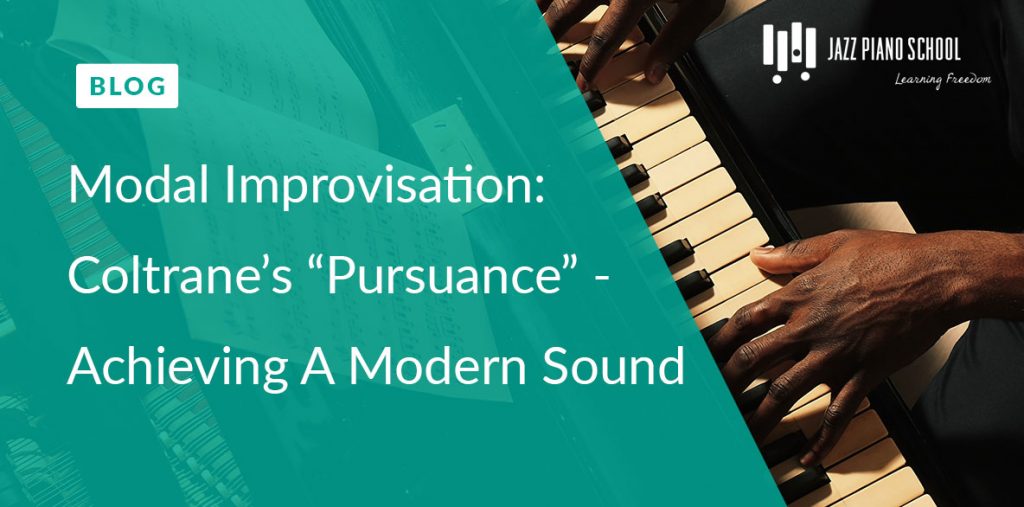
Recently, I had the privilege of performing Jim McNeely’s arrangements of John Coltrane’s A Love Supreme with Joe Lovano in a series of concerts at Jazz at Lincoln Center and Aaron Davis Hall CCNY. A Love Supreme notably includes 2 major piano solos, in the 2nd movement (“Resolution”) as well as the 3rd movement (“Pursuance”). […]
8 Ways Bebop Revolutionized Jazz Forever

In many ways, Bebop can seem like a footnote in the timeline of jazz history. After all, it lasted only a mere five years or so in the late 40’s, half a century removed from its historic roots in New Orleans. And it would be less than a decade before Miles Davis released his landmark record […]
Understanding Jazz Theory (Part 2): Functioning Dominants & 3 Functioning V7 Alterations
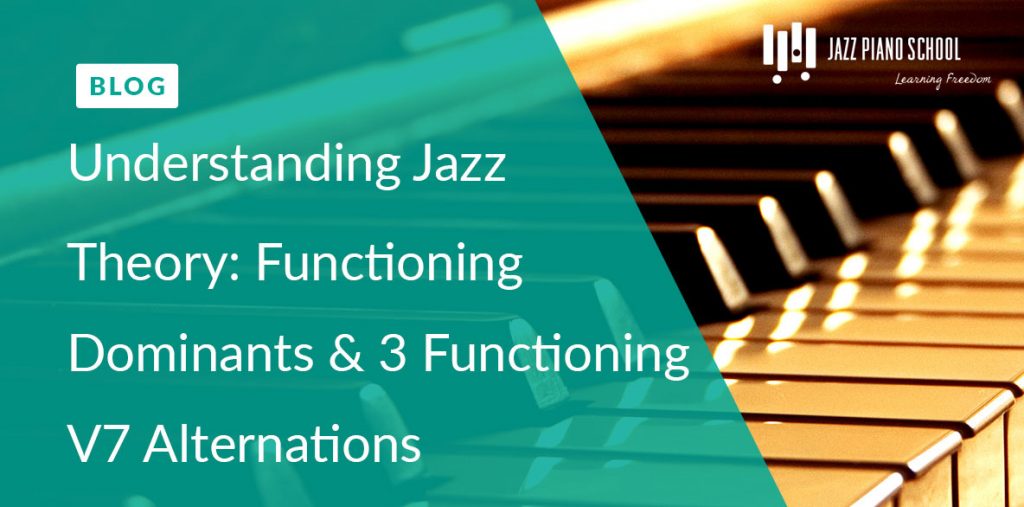
In Part 1 in this “Making Sense of Jazz Theory” series we looked at 3 foundational concepts: the 4 Chord Families, Diatonic Harmony, and the Church Modes. If you haven’t checked that out yet, Click Here to read that first. Today we are going to be looking at the importance of understanding Functioning Dominants and […]
Developing Your Own Style: Listening Through Generations

What do Brad Mehldau, Mark Turner, and Eric Harland all have in common? They’re some of the foremost jazz musicians of our time. And yes, they’d sound amazing in a band together, of course. But what are we really talking about here? STYLE. Each one of these musicians has their own unique style and voice […]
Blues Through The Ages
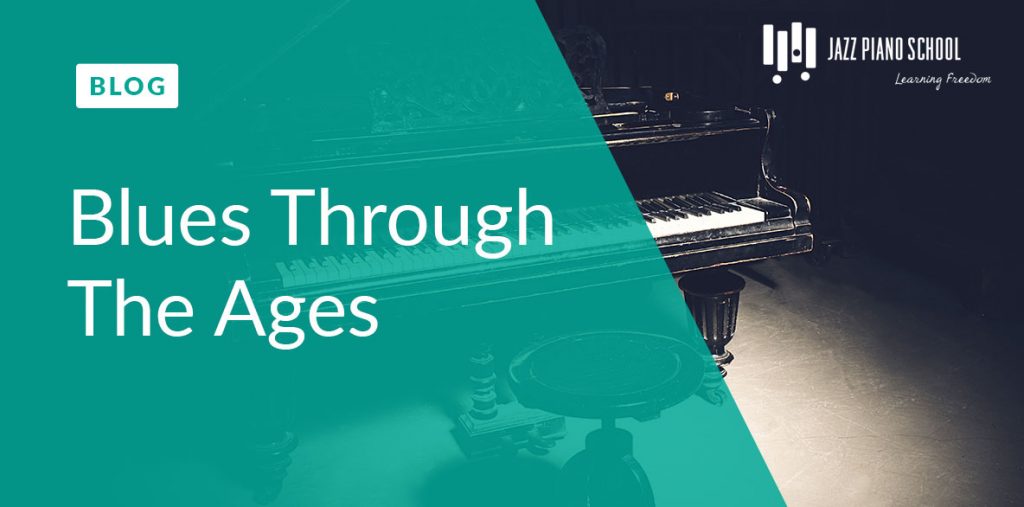
Would you like a fantastic method for comparing pianist’s styles and learning about how harmony and improvised melody have developed? Then look no further than the 12-bar blues. Understanding and analyzing the blues has a lot of benefits. That knowledge gives you a framework for studying each and every great jazz pianist who has come […]
Basic Reharmonization: How To Harmonize A Melody & 5 Basic Reharmonization Techniques
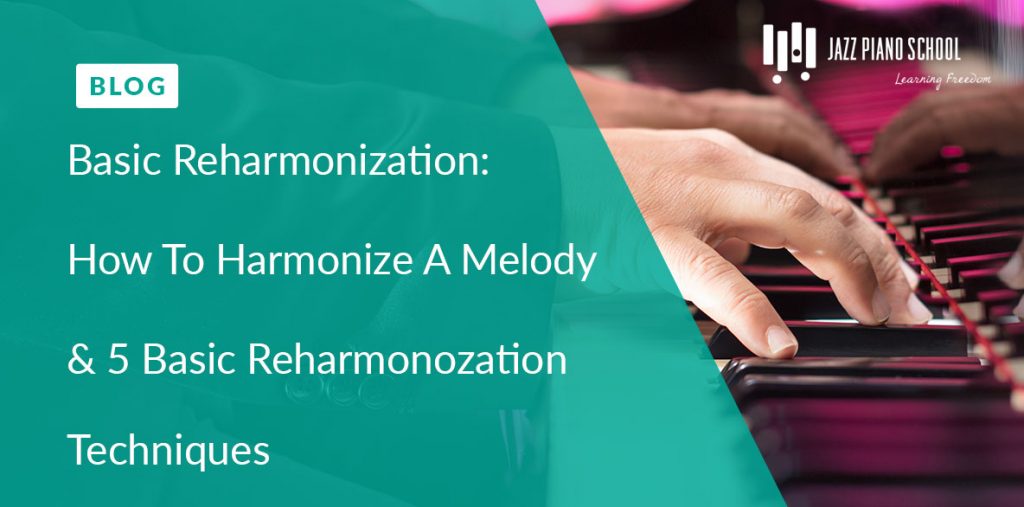
A good way to begin working on basic reharmonization is to practice harmonizing a tune and coming up with a different chord for every note of the melody. Let’s take the first 8 bars to the tune “If I Should Lose You” as an example. Here are the basic chord changes and melody as you […]
TUNES, TUNES, TUNES!!
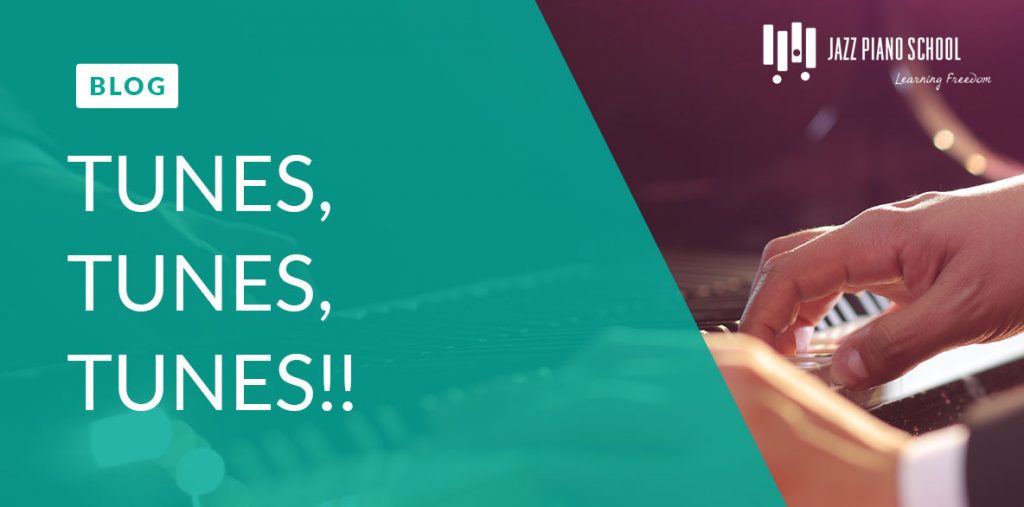
We’ve all been there. You get to the session, the cats are all on stage playing, and you just want to get up there and hang with the best of them. It’s finally your turn, and the call is… “Lover, Come Back to Me.” You’re thinking, Is that even a real tune?! I’ve never heard […]
Shaping Lines Rhythmically — Changing Rates: 8ths, Triplets, and 16ths
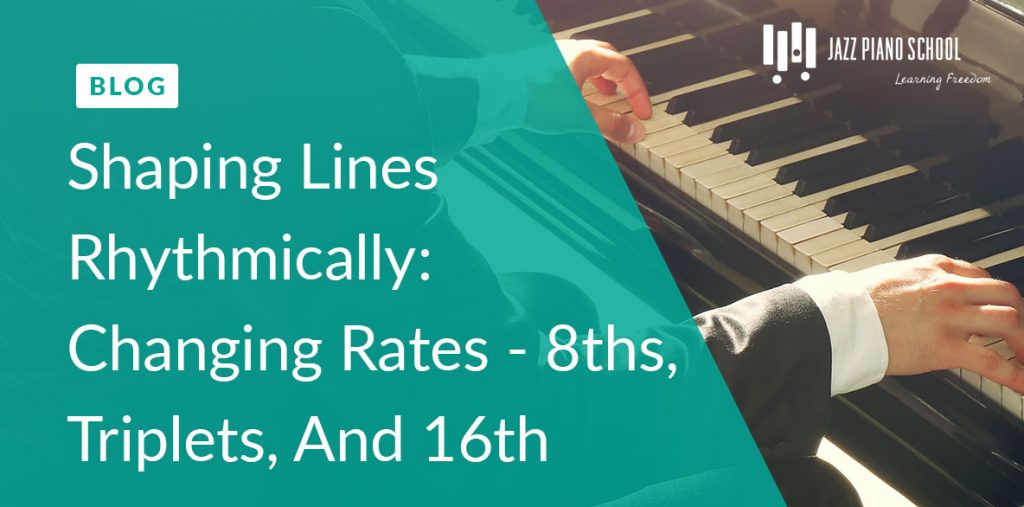
Staying in one rhythmic zone – whether it be eighth notes or double time sixteenth note lines – can sound monotonous over the course of an entire solo. A way to bring about rhythmic freshness is to alternate between eighth note, eighth note triplet, and sixteenth note phrases. The key is to make the transition […]
Why Solo Piano Can Be Even More Fun Than Playing With a Band

Getting Started with Playing Solo: When you’re first starting off, playing solo piano can be a daunting task. Thankfully, it doesn’t have to be. As jazz scholars, we are often taught to play with a band before truly exploring the art of playing by ourselves. This is probably because when you get right down to […]
Shell Voicings for Solo Piano

What are shell voicings? Shell voicings are LH (left hand) voicings for piano which form the foundation for any third-based harmonic accompaniment. They can be found in the repertoire of great pianists such as Bud Powell, Sonny Clarke, and Phineas Newborn, to name a few. Where do they come from? These voicings define the harmony […]


